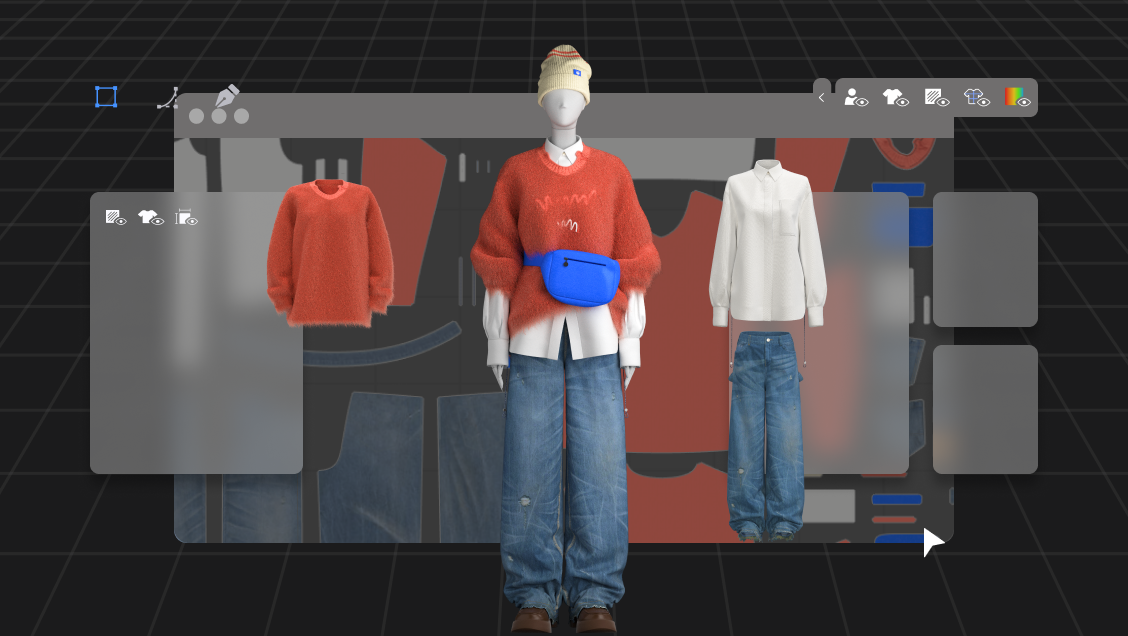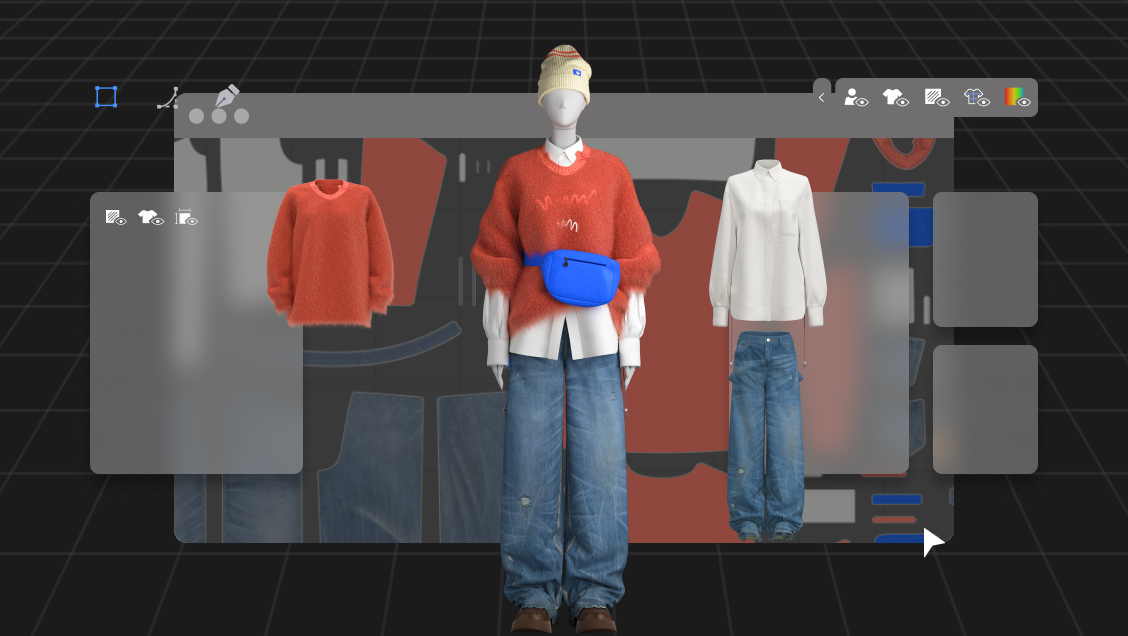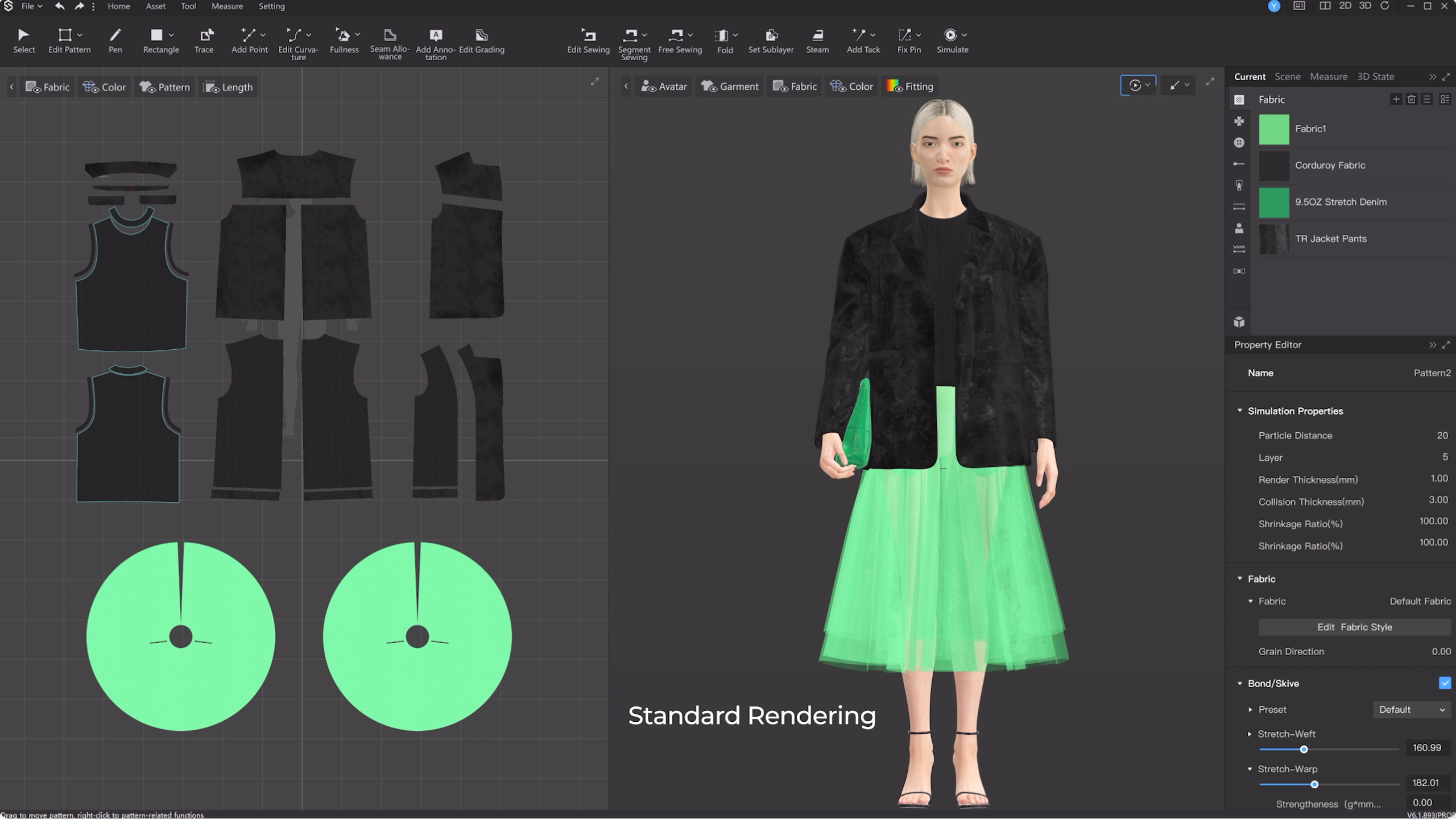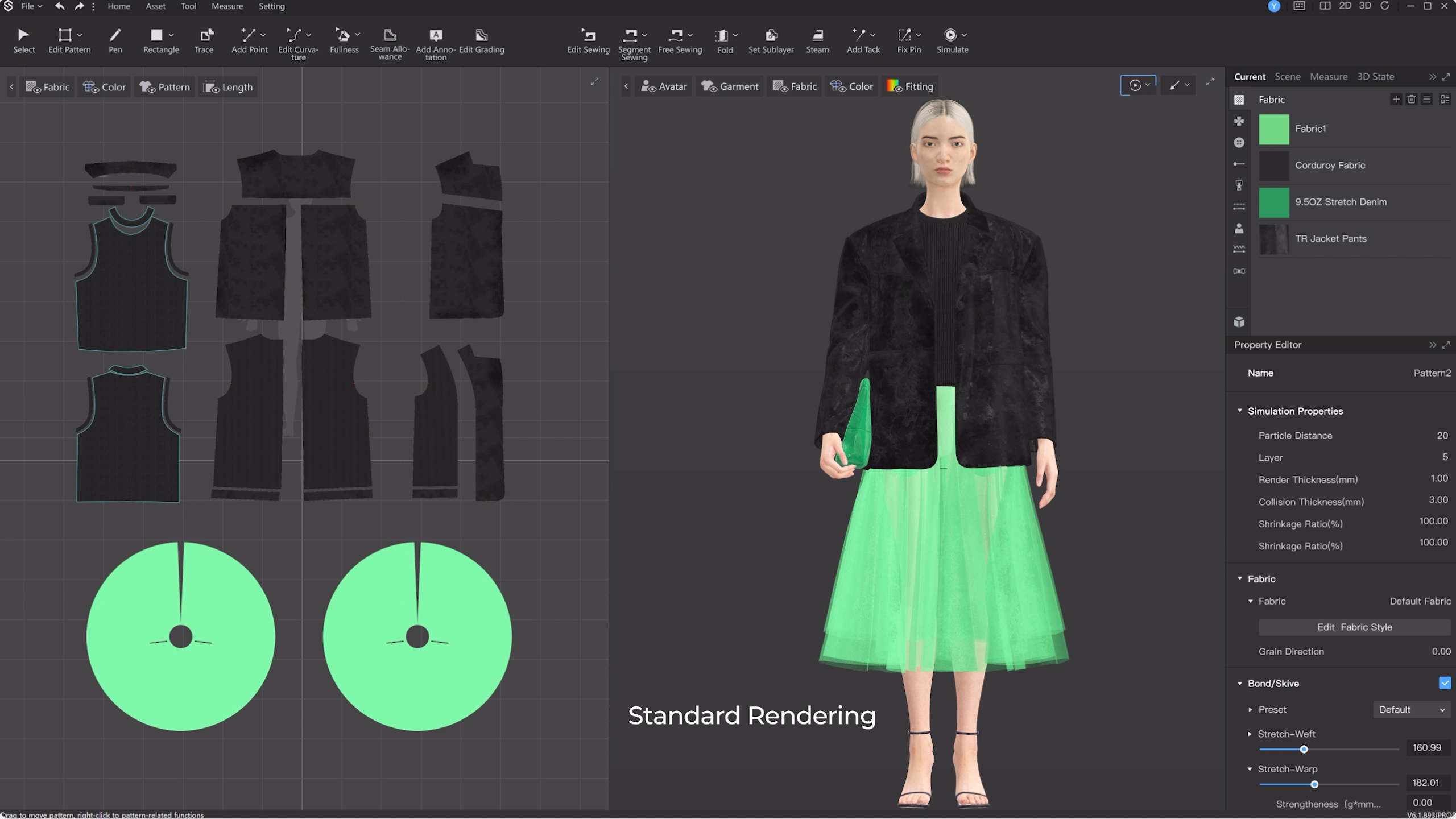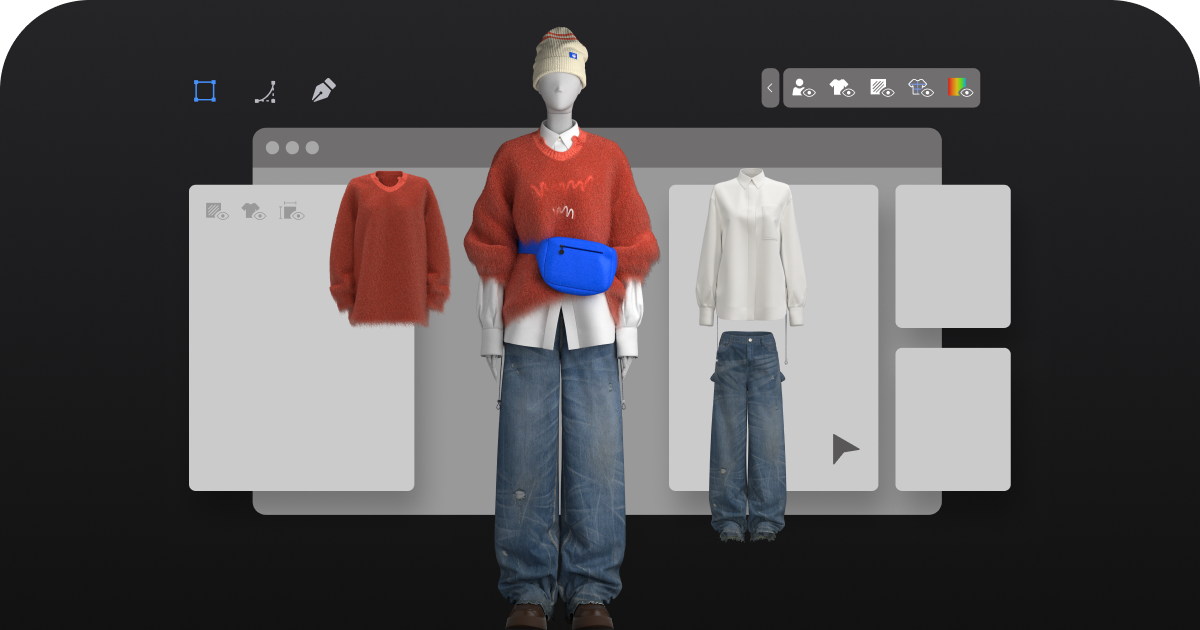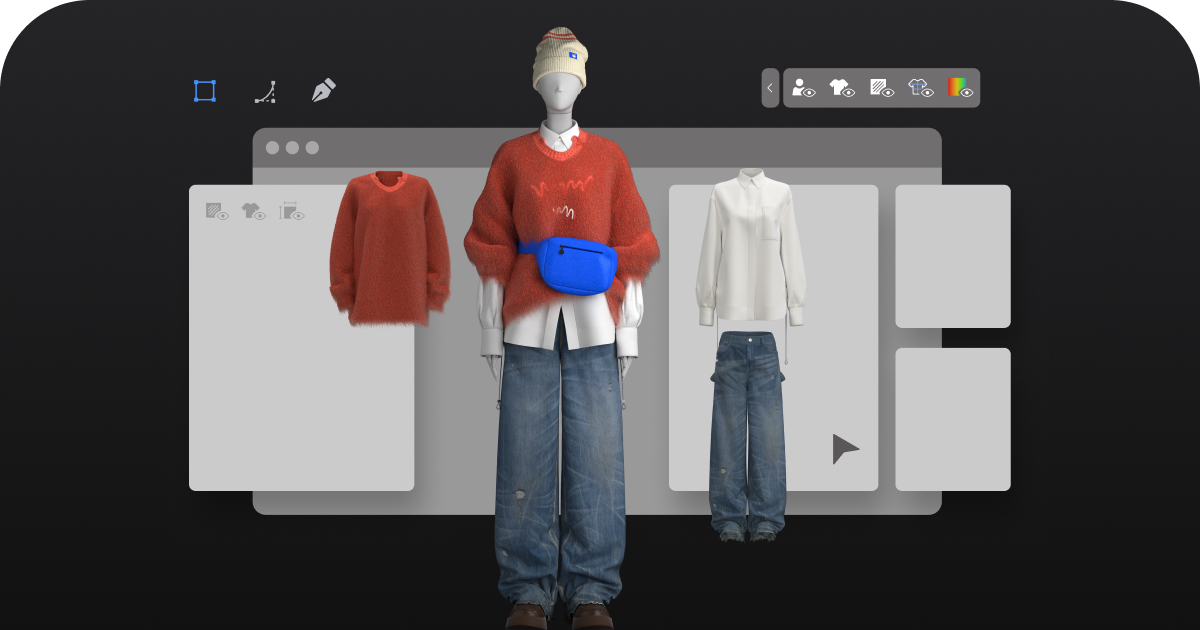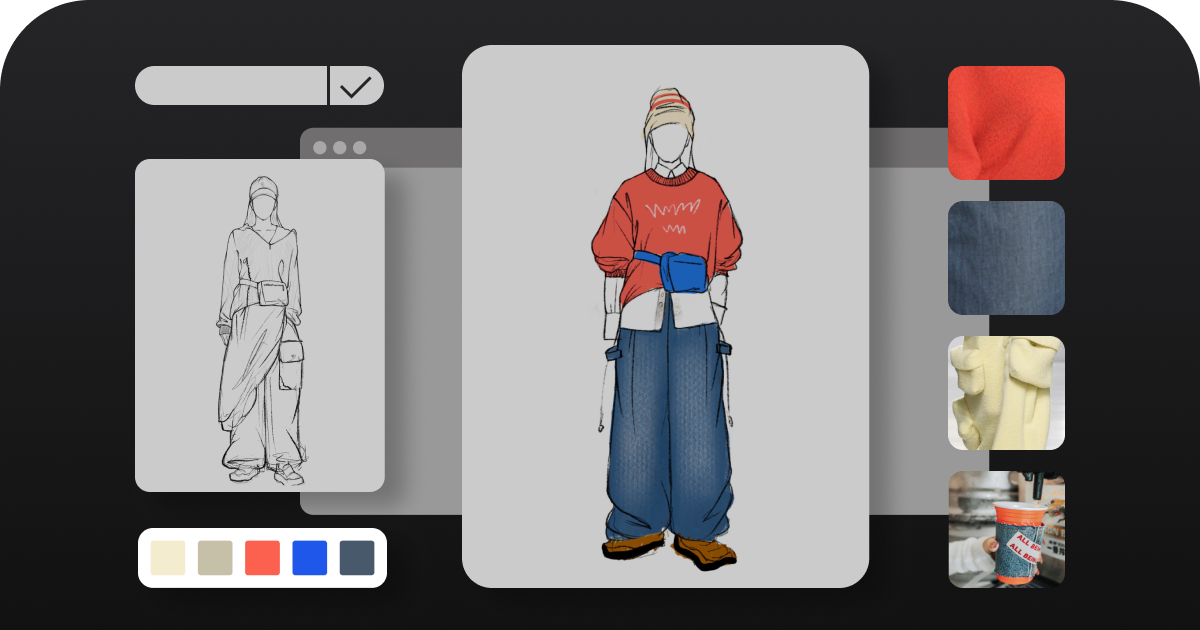Several types of high-end bearing steel monopolized by foreign countries
March 1, 2025 | News | No Comments
Maybe some people seem confused that: if we can produce bearings on our own, then why not use the bearings made by our own country? However, data shows that the actual life of imported bearings is more than 8 times the calculated life, or even 30 times, and the reliability is over 98%; while China-made bearing’s life is only 3 times the calculated life or 5 times at most; with reliability around 96%.
Such bearings may be used in some low-end machinery, but for parts with high requirements such as aviation and high-speed rail, we have to choose imported bearings. At present, among the top ten bearing manufacturers in the world, there are five Japanese companies, two German companies, and one American company. The high-end bearings of these three countries are also among the top in the world. China needs to spend more than ten times the home-market price to import a large number of high-end bearings from Germany, the United States and Japan every single year.
But we have no other choice. Imported high-end bearings have many strengths, such as: small amplitude, low wear rate, low heat generation, and excellent quality. Every year Chinese companies have to transfer huge number of money to the accounts of foreign countries, so that top quality bearings can be imported to meet the rising domestic need. The ambitions of foreign companies keep growing too, for example, American companies even set up plants in Shandong Province of China, and they purchase low-end materials from China, then use technology to transform them into high-end bearings, and then resell them to China at a very high price.
1. The role and difficulties of making high-end bearings
As an indispensable core component in mechanical equipment, bearings support the mechanical rotating body, reduce its friction coefficient, and ensure its rotation accuracy. Whether airplanes, automobiles, high-speed rails, or high-precision machine tools, instruments and meters, bearings strongly are needed. This puts high demands on its accuracy, performance, life and reliability. In the engine, the bearing has been working in “purgatory”. It not only has to run at a high speed of tens of thousands of revolutions per minute for a long time, but also endure various forms of stress extrusion, friction and ultra-high temperature. This puts forward high requirements on the accuracy, performance, life and reliability of the bearing, and the key factor that determines these four points lies in the material.
Unfortunately, although our country's bearing-making technology is close to the world's top level, the material, that is, high-end bearing steel, is almost entirely dependent on imports.
2. The development of high-end bearing steel
Among the four major components of rolling bearings, in addition to the cage, the inner and outer rings, and rolling parts (balls, rollers or needles) are all composed of bearing steel, and the bearing steel is known as the “king of steel”, which is the most demanding grade of steel in steel production.
There are also many types of bearing steel, and their chemical composition is different according to different requirements. Among them, high-carbon chromium bearing steel accounts for a large proportion and is the most commonly used steel for manufacturing bearings and bearing parts.
The quality of bearing steel mainly depends on the following four factors: one is the content, shape, distribution and size of the inclusions in the steel; the second is the content, shape, distribution and size of the carbides in the steel; the third is the center porosity and center segregation; the fourth is the consistency of bearing steel product performance. These four factors can be summarized as purity and uniformity indicators.
Among them, the purity requires as few inclusions in the material as possible, and the quality of the purity has a direct impact on the life of a bearing; while the uniformity requires the inclusions and carbide particles in the material to be fine and dispersed, which will affect the bearing deformation and uniformity of structure after heat treatment in the process of manufacturing.
To improve the purity of bearing steel, the first thing to do is to control the oxygen content in the steel. In steel making process, ppm (parts per million) is used as the unit of oxygen content. Generally speaking, steel of 8 ppm can be called good steel, but high-end bearings need steel of 5 ppm .
At present, compared with imported high-end bearings, bearings made by Chinese companies still have a certain gap in accuracy, bearing vibration, noise and abnormal sound, reliability, and high-speed performance.
Aviation Steel
Ultra-high-strength steel is a type of alloy steel used to manufacture structural parts with higher stress. Generally, the yield strength is greater than 1180MPa, and the tensile strength is greater than 1380MPa. This type of steel generally has sufficient toughness and a high specific strength and yield ratio, as well as good weldability and formability. This type of steel is mainly used in the aviation manufacturing industry, and the materials for the aircraft landing gear are basically 300M ultra-high-strength steel!
However, it was reported on February 16 this year that the US government is considering banning the export of LEAP-1C large ducted turbofan engines. The report pointed out that this action was intended to sanction the C919 passenger (made by China) aircraft and make the C919 passenger aircraft no engine available. This is very likely to mean that the C919 passenger plane would face a bottle neck, and even the life of the C919 large aircraft will come to an end.
High-strength stainless steel and austenitic stainless steel
1. High-strength stainless steel
The steel used for rocket engines needs to have a variety of characteristics, among which high strength is an important index that must be met. Relying on the material itself to achieve both high strength and anti-rust performance is a worldwide problem. Nowadays, most of China’s aerospace materials use foreign materials which were used by them in the 1960s and 1970s. Developed countries will strictly control the impurity content during the production process. If the purity is not up to standard, they will process it again.
2. Austenitic stainless steel
316H austenitic stainless steel has become the “bottle neck” material of nuclear power equipment.
A few days ago, Ansteel ( a large state-owned steel corp. located in Anshan of China) successfully realized the development of the 316H austenitic stainless steel product for the fourth-generation nuclear power 600MW demonstration fast reactor project, and completed the first batch of contract supply. Ansteel has therefore become the only company in the world that produces this product entirely on its own equipment.
Milling cutter
So far, Germany and Austria are the only countries in the world that have milling cutter manufacturing technology. The rail maintenance in Europe is also monopolized by them. Although our country (Referring to China) is constantly researching milling cutter manufacturing technology, however, no breakthroughs have been made. For good maintenance of the rail, milling cutter must be indispensable, but as for making a milling cutter, related experts seem helpless.
This year, our country has been investing more manpower and fund on milling cutter research. In theory, this can effectively improve the strength of milling cutters, and it is expected that China's milling cutter technology will be formed by the end of this year.
Alloy powder products
The variety of alloy powder products in our country is still insufficient, and the contradiction between the overcapacity of medium and low-end products and the dependence on imports of high-end and high-grade metal powders has become increasingly prominent. Especially powdered superalloys and powdered high-speed steels are currently used in key hot-end component materials of modern aero engines, spacecraft and rocket engines, ships and industrial gas turbines (such as turbine blades, guide blades, turbine discs, combustion chambers, etc.) Basically relying on imports, the risk of “being hit in the throat by foreign powers” has become increasingly prominent.
Iron and steel ore
China's steel output exceeds the total output of all countries in the world, accounting for more than 51%. However, there are not many iron ore resources in China, and Chinese steel corporations have to rely on imported ore.
The best quality iron ore comes from two countries, one is Australia and the other is Brazil. Australia accounts for 80% of the world’s annual iron ore production. But since China’s admission into the international steel market, the price of iron ore soared, and the cost of China's steel industry soared accordingly.
Several steel products mentioned this article are as important as chips in computer, which are core technologies that our country must get, although there is still a long way to go. We believe in the near future, driven by National Economical Circle Strategy, China is fully capable of manufacturing the world's advanced steel products.
(Source: Northwestern Polytechnical University, Kylin Machinery)
Keyword: chinese lantern film prop
